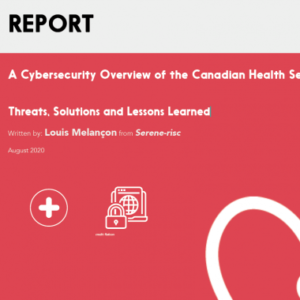Telecommunications fraud groups, the ones running scams over the telephone are a problem around the world. Taiwan is no exception with a number of related arrests in the past decade. Telecom fraud group. Yi-Chun Chang, Kuan-Ting Lai, Seng-Cho T. Chou and Ming-Syan Chen wanted to learn more about how these fraud groups operate through Social Network Analysis (SNA). Based on police reports they established that the general organization of a telecom fraud group contains a overarching leader (i.e. the Boss) controlling a financial department that manages the laundering and banking of revenue and an operations department running a call center and managing money mules and a telecommunications department managing technical aspects such as hiding the origin of the call. Money mules are individuals transport money on behalf of the organization, such as by withdrawing cash from an ATM and then sending it by international money transfer, usually placing themselves at risk. The researchers collaborated with the Criminal Investigations Bureau (CIB) in Taiwan to collect a dataset of flight and co-offender records from two fraud groups. They collected data of 113 fraudsters whose activities were spread across four countries and 17 cities. They found that a measure of network centrality, or importance in the network that ranks by considering connections with important people more strongly than less important people (i.e. Eigenvector Centrality). Using this approach shows promise for SNA in identifying the roles of persons within these criminal organizations.
Draft paper presented at the 2017 IEEE/ACM International Conference on Advances in Social Networks Analysis and Mining
Citation:
Chang, Y. C., Lai, K. T., Chou, S. C. T., & Chen, M. S. Mining the Networks of Telecommunication Fraud Groups using Social Network Analysis.
Source:
http://asonamdata.com/ASONAM2017_Proceedings/papers/180_1128_162.pdf


